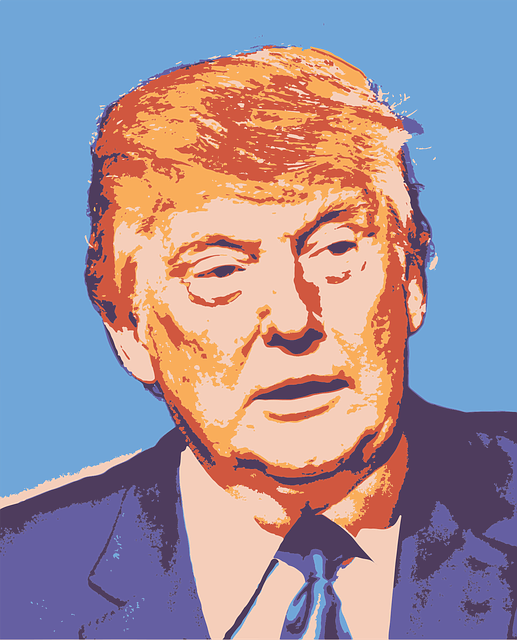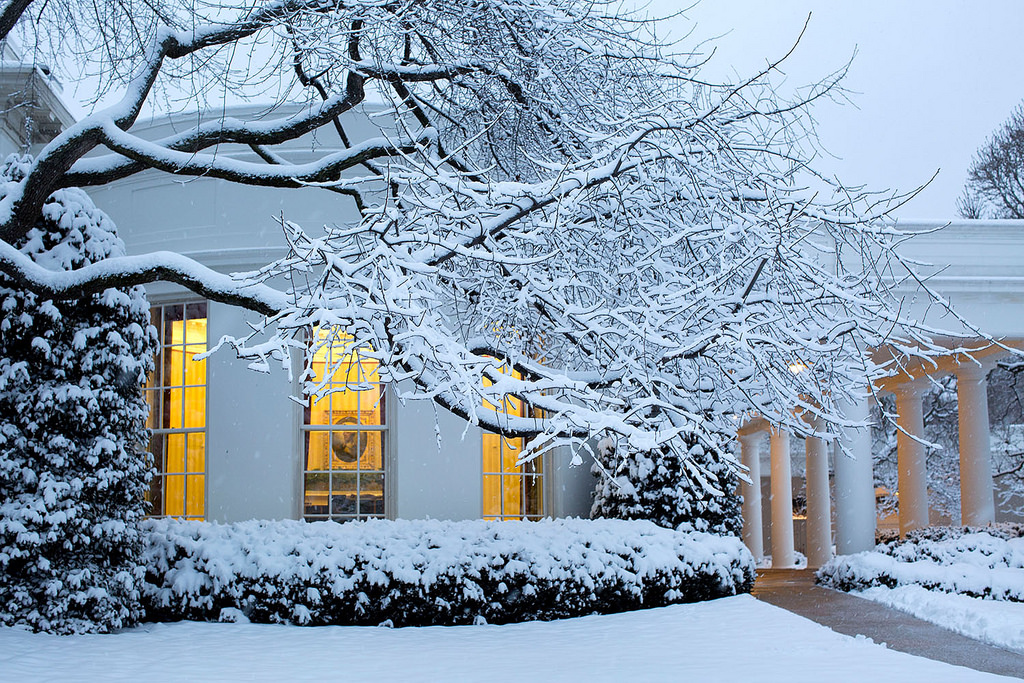Guest Post by Martin Rhodes for Denver Dialogues
While Donald Trump has hailed his visit to China and other Asian countries as a great victory, the reality–as revealed by his ignorant, nationalistic stance on trade–has been anything but. While President Obama maneuvered like a svelte leopard in negotiations with our trading partners, President Trump lurches around clumsily like a bull in, well, a China shop. Obama combined occasionally aggressive multilateralism in defense of US trade interests with a long-game using the Trans Pacific Partnership, or TPP, excluding China, to compel China eventually to make its markets more open to the US. Trump trashed the TPP on his third day in office, and is now engaging in bullying tactics in Asia (via his inchoate ‘Indo-Pacific’ policy) to link US foreign policy goals (ganging up on North Korea) with proposals for bilateral deals with Asia-Pacific nations.
This kind of aggressive unilateralism will simply sour the US’s foreign and commercial relations with its friends and allies. To prove the point, while he was on his tour of Asia, the other 11 members of the now defunct TPP–which include three core US partners in trade, Japan, Canada and Mexico-agreed at a summit in Vietnam on the “core elements” of a new TPP deal without the US.
The notion that Trump’s trade goals are radically different from previous US administrations is wrong. Trump likes to differentiate himself from Obama by claiming to be the champion of US workers, accusing China, South Korea and others of protectionism and currency manipulation, and vowing to ‘bring American jobs home again’. But the previous administration–with much less pomposity and bombast-worked hard over eight years to promote American products by: tackling unfair industrial subsidies by China (launching 16 WTO challenges–all of which it won-against that nation alone, hitting it with dumping charges up to 620 per cent on certain products); created an international forum for combating excess capacity in key industrial sectors like steel; built stronger enforcement authorities through two new laws–the Trade Facilitation and Trade Enforcement Act and the American Trade Enforcement Effectiveness Act; and bolstered US Customs and Border Protection efforts, especially in steel. Obama also endeavored–although obstructed by Republicans-to strengthen social and employment support for US workers adversely affected by imports. Obama was no slouch on trade.
The key contrasts between Obama and Trump have less to do with objectives, but more to do with the means for achieving them: the former emphasized labor and environmental issues in trade negotiations and prioritized international forums and WTO rules, while the latter is ignoring labor and the environment and making a hubristic assault on the multilateral system. Although lacking in coherence, and with many likely perverse consequences, that assault on NAFTA and the WTO will prove highly damaging both to US interests in the long run and to the international system.
Trump’s talk of a special relationship with China’s Xi Jinping (driven by his obsession with North Korea) contrasts with his victimization of the much less powerful Canada and Mexico in the so-far fruitless round of NAFTA reform talks conducted by his US Trade Representative (USTR) Robert Lighthizer. Lighthizer (a veteran of nationalistic trade policy making in the Reagan administration) seeks to make it possible to launch anti-dumping claims against Mexican and Canadian producers, weaken or eliminate chapter 19 of the agreement (under which disputes between NAFTA partners go to a NAFTA court), increase the US content of Mexican and Canadian products, and in the event of a US withdrawal from NAFTA introduce new tariffs against its erstwhile NAFTA partners well above the WTO’s most-favored-nation (MFN) base rate. To ram the point home, Trump has imposed new duties on Canada’s soft lumber exports and–in response to lobbying by Boeing–is imposing a 200 per cent tariff on the Canadian aircraft manufacturer Bombardier’s exports to the US of its new CSeries of planes.
Meanwhile, the Trump administration has blocked two appointments to the WTO’s seven-member appellate body that rules on trade disputes, potentially hobbling the organization’s ability to function effectively. It wants to resurrect Section 301 of the US Trade Act of 1974 (which the US has not used since the WTO was created in 1995) to retaliate unilaterally against China’s alleged trade abuses. It has also claimed that most trade rulings at the WTO go against the US, while the truth is that the US has won 90 per cent of rulings in recent years on claims it has brought to the court.
Where do these trade positions and policies come from? Not from some greater awareness on Trump’s part that trade creates losers as well as winners–though his populist focus on the losers is clearly strategic on his part. But compounding Trump’s own ignorance of how trade works, his USTR Robert Lighthizer and Commerce Secretary Wilbur Ross also embrace a crude and wrongheaded economic nationalism. Lighthizer got his trade policy chops in the 1980s negotiating aggressive bilateral trade deals and forcing countries to accept ‘Voluntary Export Restraints’, or VERs (which are anything but voluntary) against rising industrial nations like Japan. He believes that he thereby succeeded in getting countries to comply with international trade agreements and transfer production to the US. Lightizer thinks that can still work. But in the meantime the world has changed. The development of extensive global production networks over the last two decades means that clumsy trade bullying can backfire spectacularly. The Bombardier tariff threatens 22,000 eventual jobs in Kansas and Virginia, not to mention 4,300 jobs in Northern Ireland where the CSeries wings are made. Belligerent trade bargaining over NAFTA already has US auto manufacturers worried about the disruption of their supply chains, and US farmers fear losing their lucrative Mexican wheat and corn markets.
But for Trump, Lighthizer and Ross (and for nationalist economist Peter Navarro, Trump’s Director of Trade and Industrial Policy, and the Director of the White House National Trade Council) trade is a win-lose process and for every dollar of trade imbalance there is someone somewhere cheating the US. Judging the degree of trade reciprocity and trade fairness by trade imbalances is not only foolish, but also ignores that the US itself is far from being the most liberal trading nation. Lighthizer–considered a trade extremist in Washington DC but now the architect of the nation’s trade policy–is not just wrong about the reasons for trade imbalances (high spending rather than saving in the US, which will get worse with the Republican’s tax cuts, and the strength of the US dollar, are more pertinent causal factors) but also about other matters: he apparently believes, against all the evidence, that other countries place value-added taxes on imports sold in their jurisdictions as a protectionist measure.
So what happens when hubris hits the multilateral trading system? Given the creation of TPP 2 by everyone involved in its original iteration except the US, the latter seems likely to lose. As will multiple constituencies across the US, especially if trade aggression with China escalates into a trade war: not a smart move when American producers are busy getting ready to enter the fast growing Chinese market, and when both high and low-tech US supply chains are heavily dependent on their downstream processing stages in China. But then whoever claimed Trump was smart, apart from himself[1]?
[1] Donald Trump: “I went to the Wharton School of Business … I’m, like, a very smart person”, Phoenix Convention Center, Saturday 11 July.







1 comment